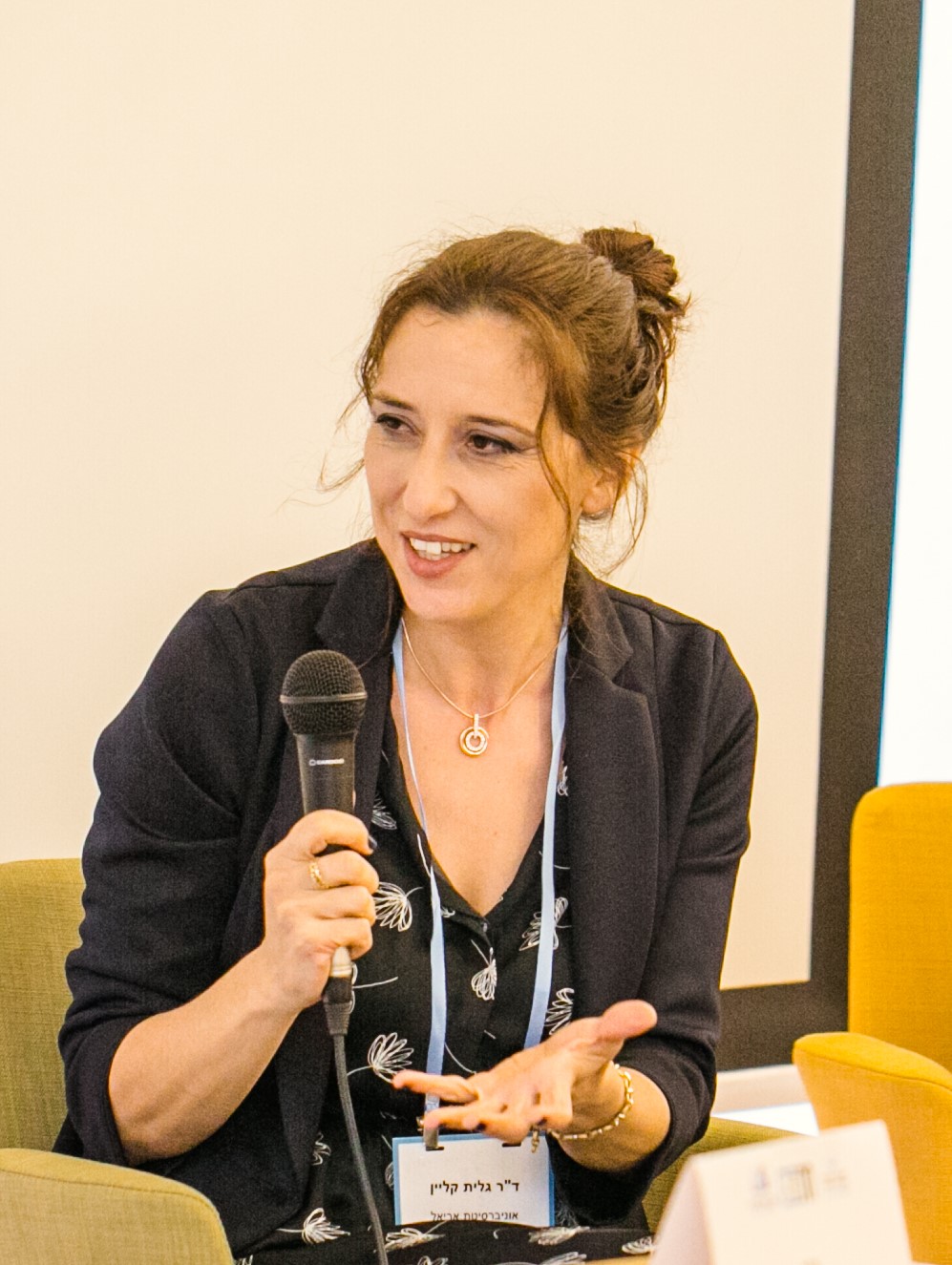Link to the full article: https://www.tandfonline.com/doi/full/10.1080/13537121.2020.1832326
The crisis that took place in 2008 left feelings of distrust in the banking system among many populations around the world. At the same time, there were a decrease in income concurrent with increased regulation and restrictions on loans from financial sources. Into this arena, internet platforms that provide alternatives to conventional financial systems were introduced, such as peer-to-peer (P2P) lending platforms. While in some industries, the new consumption method led to a transformation (e.g., tourism and music), the shift in the financial industry was minor. The percentage of loans granted through these types of platforms is still significantly lower than more traditional loan instruments, such as banking, and composes less than 10% of the total loan industry in the USA and UK, and around 4% of the loan industry in Israel. As such, the focus of the current study is to understand why the field of P2P lending has not succeeded in establishing legitimacy in the eyes of the public.
P2P lending platforms are online platforms that allow people (who define themselves as investors) to lend money to other people or small businesses. During the time of the survey, four major companies operated in Israel. Three of which allow lending to private borrowers (eLoan, Tarya and Blender), and one of which lends to small businesses (BTB). The present study focuses on the Israeli market to understand the public perceptions of P2P lending platforms to determine if these perceptions indicate a problem of industry legitimacy. Specifically, we want to examine the difference in the motivations of people who are active on these sites (i.e. investors), as opposed to people who refrain from activity.
There is no doubt that the main motivation of both lenders and borrowers on P2P lending platforms is economic. The interest rates given on these entities are significantly lower for borrowers than those given by more traditional institutions, yet they still present a valid alternative for lenders. However, various studies indicate that activity on online-social platforms not only involves rational economic elements but also relies on intrinsic dimensions such as helping others and enjoying activity on the site. Since P2P lending platforms include both financial and collaborative consumption elements, we were interested in examining whether there are additional reasons, beyond economic ones, for activity on P2P lending platforms.
This study also examined whether differences between groups stem from the influence of personal variables that distinguish between the people who lend money and the public, including risk perception and time preference. Understanding the attitudes and motivations that prevent people from using the platform can help formulate strategies to help promote the industry and increase its legitimacy.
To examine the attitudes of the public, we conducted an online survey of 1,180 respondents aged 25 and over. From all the respondents, 4% (47 people) had borrowed or lent money through a P2P lending platform in the past. Respondents’ attitudes regarding P2P loans were measured with an attitude questionnaire developed by Hawlitschek, Teubner and Gimpel(2016)[†]. The questionnaire examined 17 aspects of cooperative economic activity; in this study, we measured respondents’ perspectives on the following: whether the platforms offer an alternative to a conservative financial institutions (anti-capitalism), the complexity of using the platforms (platform complexity), the degree of enjoyment in using the platform (enjoyment), income supplement (income), the amount of knowledge needed in order to use the platform (knowledge), how much the platform is adjusted to modern life (modern life), perceptions about the protection of users’ privacy (privacy) and perceived risks in using the platform (risk). We also measured subjects' time preference.Risk preference and subjective risk preferences. In addition, demographic variables (age, gender, education, income, marital status) and questions about actual platform use were examined.
Findings of the survey conducted indicate a dual perception of the use of P2P lending sites. On the one hand, respondents saw the possibility of lending and borrowing from peers as an alternative to the conservative and institutionalized financial system as contributing to others, as appropriate for modern times, and as a source of additional income. On the other hand, the survey shows that most of the public does not use these platforms. Some respondents said they fear possible risks relating to using the platform, such as economic risks, because of a lack of need or unwillingness to lend or borrow from others. However, many respondents said they are not aware of the possibility of obtaining loans or making investments through these platforms. This finding indicates an explanatory failure of the companies, alongside a lack of legitimacy amongst the public.
When people who have been active on these platforms in the past or present were compared with respondents who have never used the platforms, it was found that both groups, similarly, perceive P2P lending platforms as an alternative to banks, as suitable for modern life, and as an income-generating activity. On the other hand, comparison between the groups found that the public perceives use of the platform as high risk and complex, and suffers from a lack of knowledge about using the platform, more than the public who uses the platform. It could be that the differences in respondents’ attitudes are also related to personality characteristics of the two groups, since respondents who have used the system were found to have a higher future orientation and more subjective perception of non-aversion to risk than the group that did not use the system.
Significant differences were found between men and women, in which men perceived use of the platform more positively than women, both in terms of using the platform as an alternative to institutionalized systems, as suitable for modern life, and as having a lower risk. Men tended to perceive the system as less complex and felt themselves to have more knowledge in the field than women.
In summary, we believe that the online financial platforms and P2P lending sites constitutes an appropriate alternative to more traditional banking systems, both as a relatively solid investment channel and as a channel for obtaining loans on convenient terms. At the same time, companies in the industry must act to increase legitimacy and reduce feelings of risk associated with using the platform. It is apparent that the P2P loan industry suffers from a lack of awareness about its existence, as well as a lack of knowledge about activity and the level of risk in providing social loans. Companies must raise awareness of their existence as an alternative to the institutionalized banking system among the public who is interested in convenient loans and attractive investments. At the same time, they must increase their own legitimacy by addressing the fear of economic risk through, for example, a security fund that allows a monetary refund if borrowers fail to meet their obligations.
[*] galik@ariel.ac.il
[†] Florian Hawlitschek, Timm Teubner and Henner Gimpel, Understanding the Sharing Economy – Drivers and Impediments for Participation in Peer-to-Peer Rental, in System International Sciences (HICSS) Conference4782 (2016)



